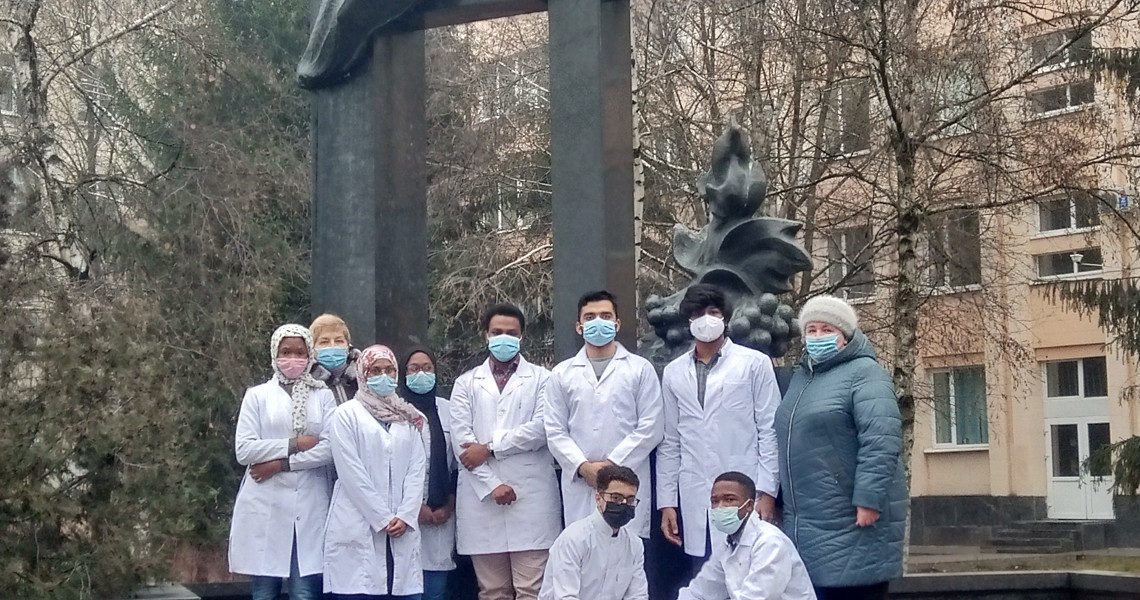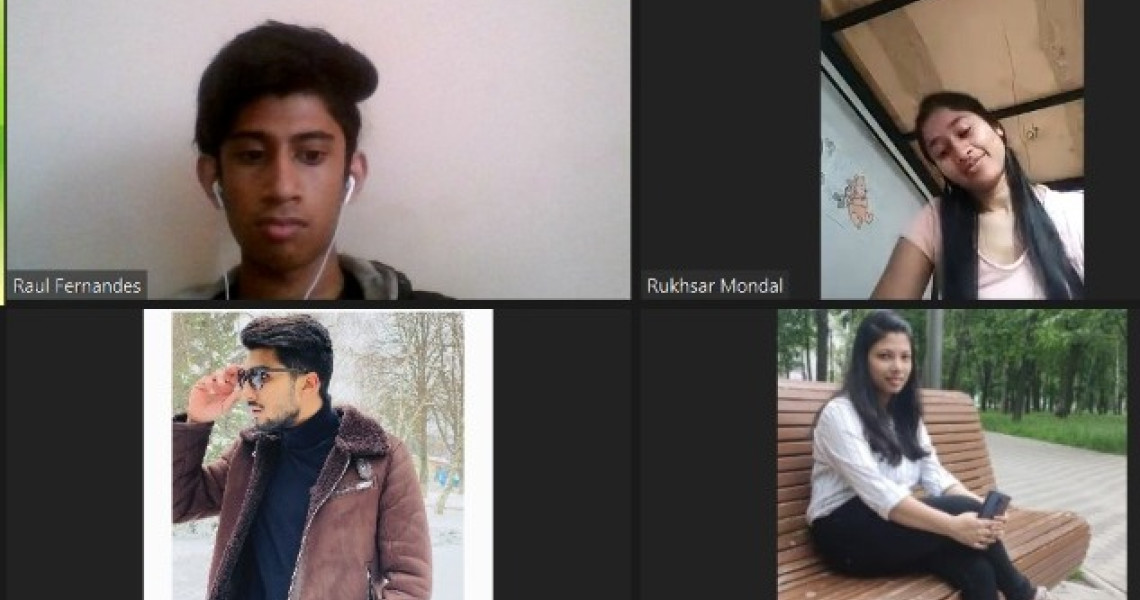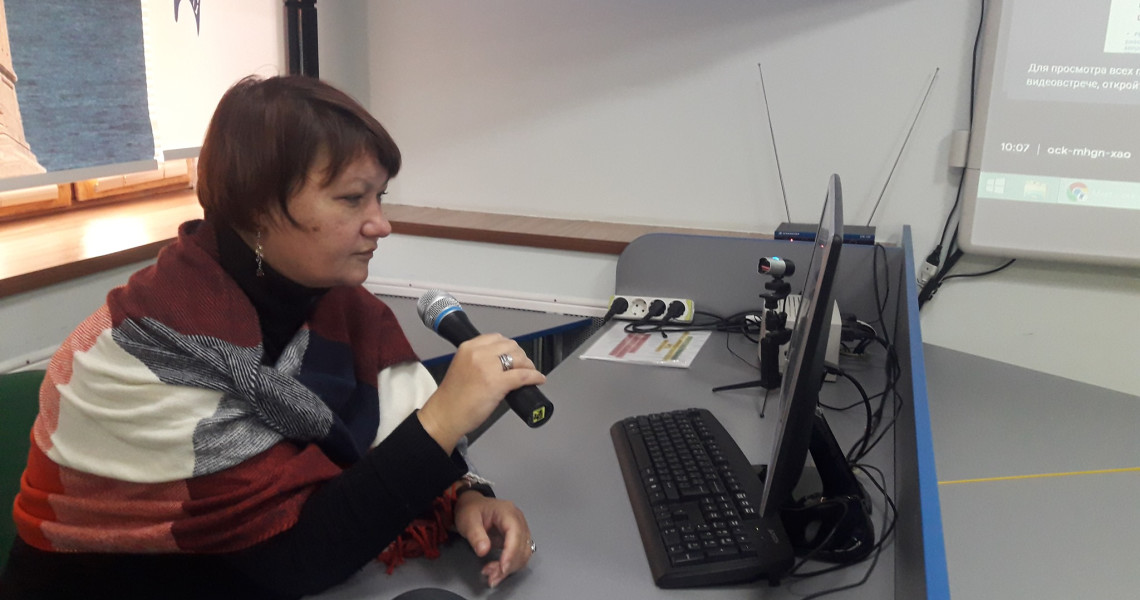The online meeting of librarians with PDMU students took place with a presentation of the literature “Scorched by the Chernobyl disaster”. It was organized by the librarians of the Local Lore Department of Poltava I.P. Kotliarevskyi Regional Universal Scientific Library for foreign students of PSMU and was held by the Head of this department Maryna Fedorova on the eve of the Day of Honoring the Participants of the Liquidation of the Consequences of the Chernobyl Accident.
A monument to the Chernobyl tragedy has been erected in almost every district of Poltava region, as it is a reminder of what our people went through in those dark days and months, which warns the people against new mistakes in working with the "living" atom. Thus, the article "Monument to the victims of the Chernobyl disaster" in Valery Voloskov’s book "200 Memorable Places of Poltava" is dedicated to the monument, which was erected in Poltava near the building of the PSMU in 1996. It looks like a fragment of a granite window frame that forms a cross. The frame of the window is engulfed in flames, and as a symbol of the revival of life, a metal bush of viburnum breaks through from the base of the composition.
On the occasion of the 30th anniversary of the Chernobyl tragedy the book “Chernobyl – 30. The Book of Glory and Memory. Poltava region” was published.
The book systematizes the available Chernobyl information, where Poltava was mentioned with the names of all Chernobyl liquidators, honors the memory of those who laid down their lives in the fight against the atom, summarizes data on the activities of NGOs “Chernobyl Union”, “Chernobyl Disabled Foundation”.
Valeriy Kozyura's book “Historical Silhouettes” contains an article about the feat of our compatriot, a native of Novoorikhivka, Lubny district, Hero of Ukraine, power engineer Oleksandr Hryhorovych Lelechenko. He worked as the head of the electric shop for the operation of the Chernobyl nuclear power plant from the first minutes of the accident. In conditions of high levels of radiation, he organized urgent work to prevent the explosion of the second-stage turbogenerator. Protecting others from excessive radiation, he went several times to turn off the installation, standing on his knees in highly active water, surrounded by reactor debris, where radiation activity ranged from 5 to 15 thousand X-rays per hour. He literally kicked young colleagues out of the shop and, seeing their depressed state, began to tell jokes. After receiving first aid in the medical unit (intravenous infusion of saline) and refusing to be hospitalized, he returned to the unit and worked while he was able to stay on his feet. He died 7 days later in the Department of Radiation Pathology in Kyiv. The physicians believe he received a dose of 2,500 X-rays. That would be enough for five deaths. He was buried in the village of Stepne of Poltava district in his wife's homeland. He was posthumously awarded the Order of the Golden Star (2006) and the Order of Lenin (1986), and the title of Hero of Ukraine was posthumously awarded in 2006.
Oksana Perepelkina and Larysa Karpenko, leading librarians of the Department of Local Lore, prepared a bibliographic review of Chornobyl-related publications.









